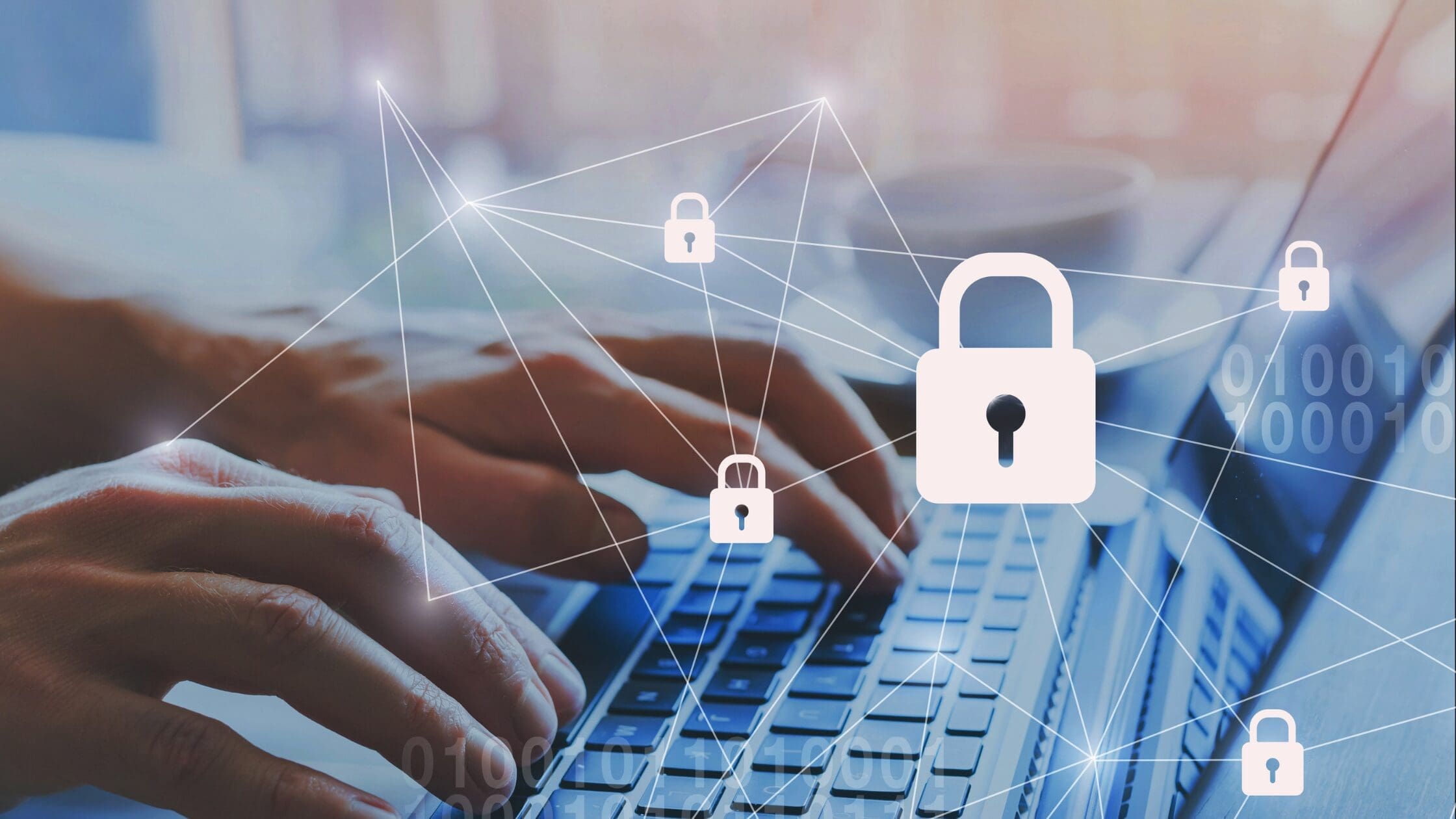QR Codes 101
Why is it that something designed in the 90’s is now everywhere I look?
What exactly is a QR code?
The “Quick Response” code was invented by Denso Wave to help identify and label automotive parts. QR codes consist of a number of black squares and dots which represent pieces of information. The outer squares contain data that can point to an unlimited amount of online destinations.
Why are they so popular?
Your smartphone is responsible for the popularity of QR codes. A few years ago, the camera app evolved and can now read QR codes without any additional apps or software. Now you can easily scan anything in the palm of your hand and quickly access information.
How much information can they hold?
They can hold much more than a standard 2D barcode – up to 3kb of data, which translates to 7,089 digits or 4,296 alphanumeric characters. But most QR codes function as a sophisticated and highly customizable way to direct users to a specific web site.
How are they commonly used?
QR codes are often used in advertising and promotions to take you to a landing page and build on consumer engagement. They are also commonly used to streamline access to venues or replace paper ticketing. Scan a can of sparkling water and learn about the other flavors available on their web site. Scan the code on your table at the restaurant and review the menu. Attend a concert with a virtual ticket embedded in a unique QR code. New applications for QR codes are being explored daily, so expect them to be an even bigger part of the digital experience in the future.
Are they safe?
Yes, but only as safe as the website or data they lead you to. The content inside the QR code can’t be changed once it is generated, but hackers could redirect you to an alternate site. This concern generally exists for very public QR codes or codes that previously had been used for marketing campaigns and no longer own or use the destination address. Others with malicious intent may print stickers of counterfeit QR codes and paste them over legitimate ones. Like email and text messages, nothing is fail-safe. Avoid scanning QR codes from sources you can’t verify.
What else can they do?
Aramid Technologies is using them for the reliable and secure exchange of certs for parts. This is critical in industries like aerospace that require certifications to help verify the authenticity of parts sold and help maintain traceability in the supply chain. Leveraging the power of QR codes to translate certs across the supply chain creates a common communication platform and can reduce time spent looking for lost cert packages and eliminate the need to quarantine or scrap parts.
Blog
Faster, More Efficient Cert Transfer
Read more →
Case Study
Why a 40-Year Industry Veteran was sold on SmartCert in 5 Seconds
Read more →
Case Study
PENCOM gained 80 percent efficiency on internal cert processes with SmartCert
Read more →
To learn more about how we can reduce your labor efforts and costs while improving process efficiencies, click here to request a free demo.



